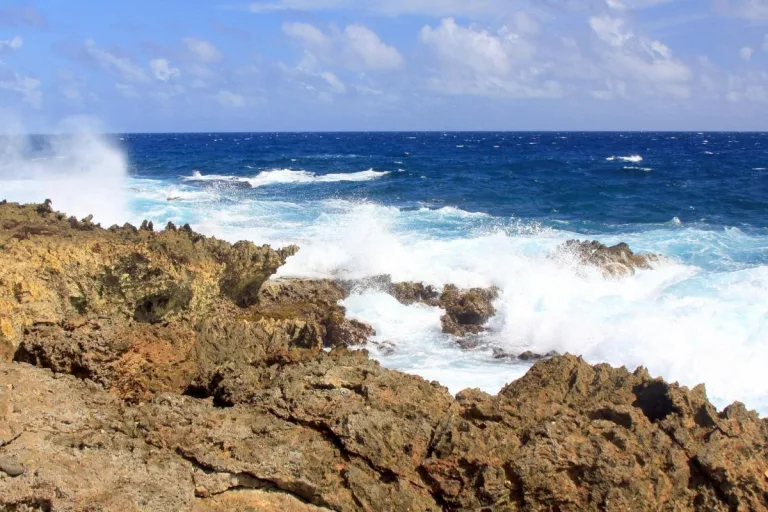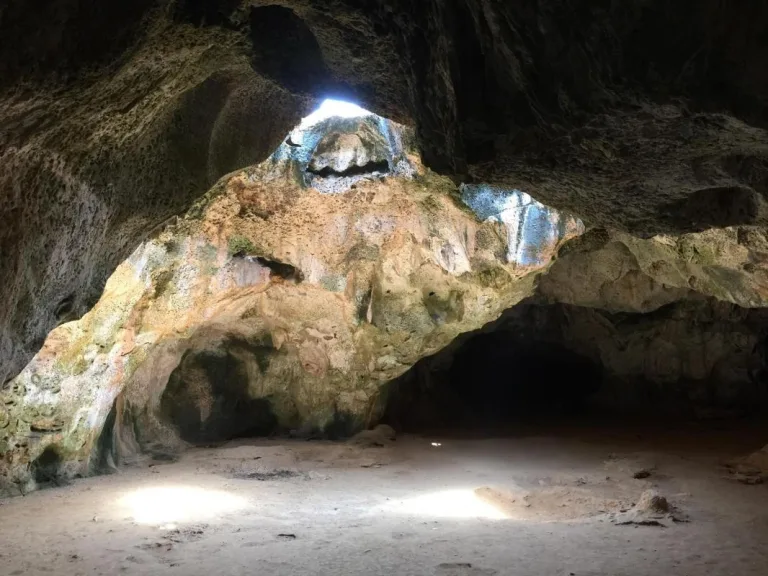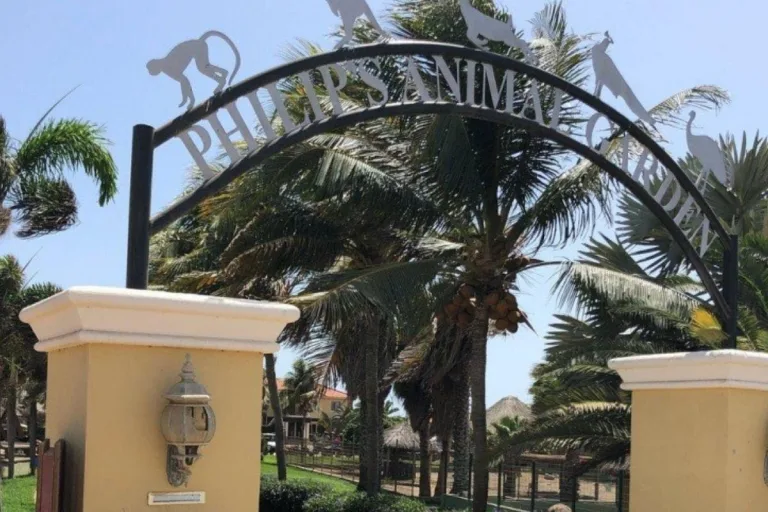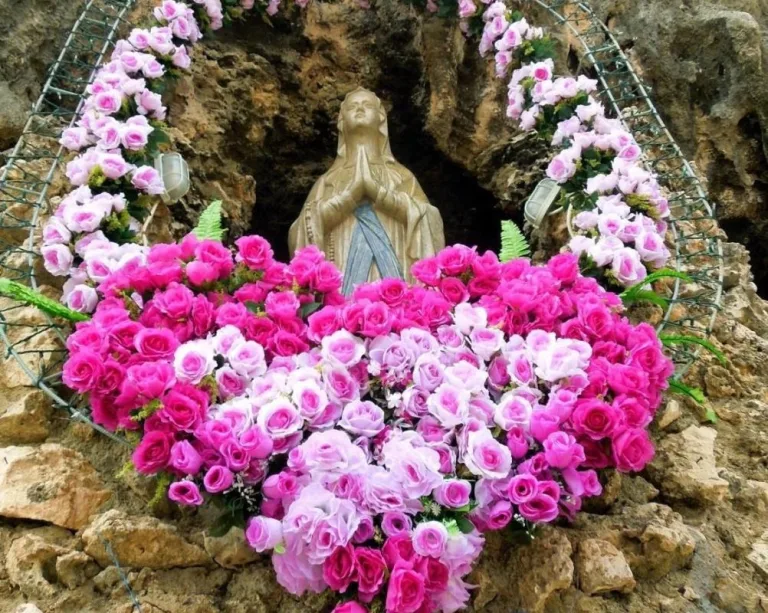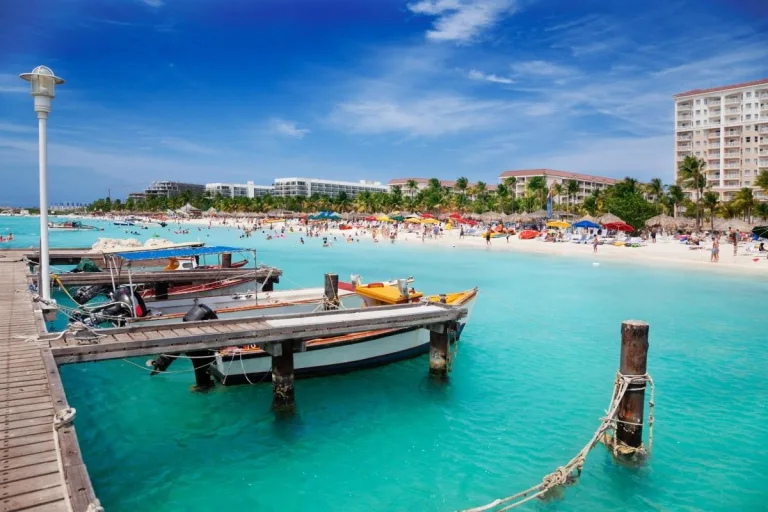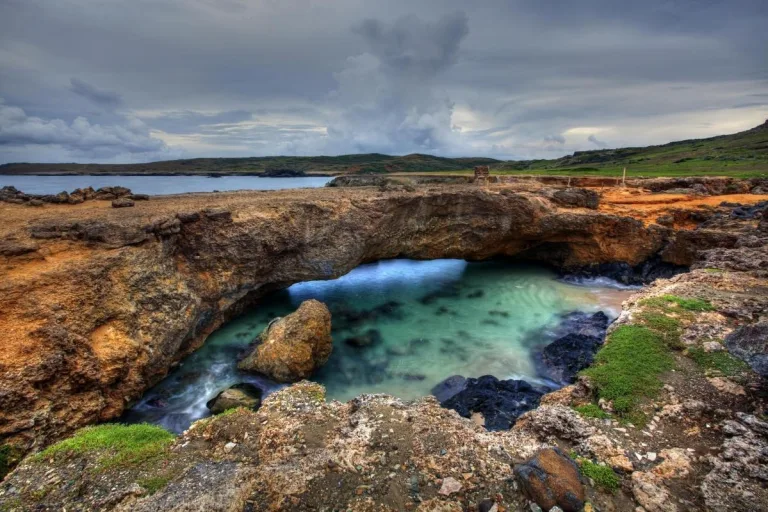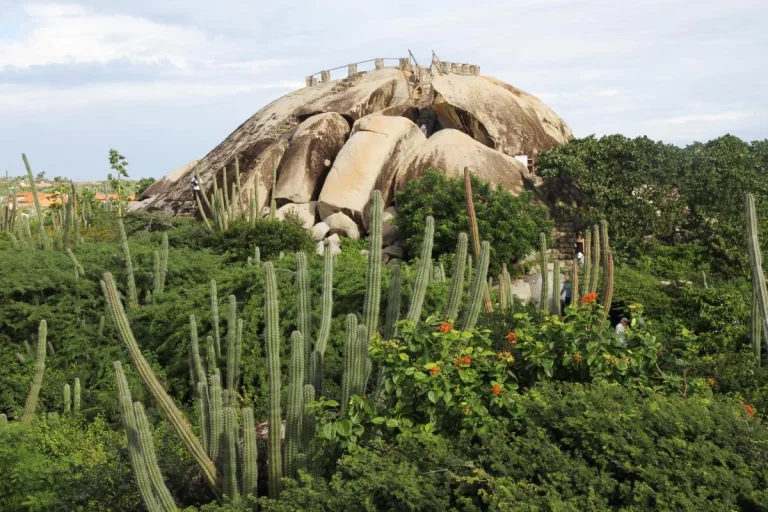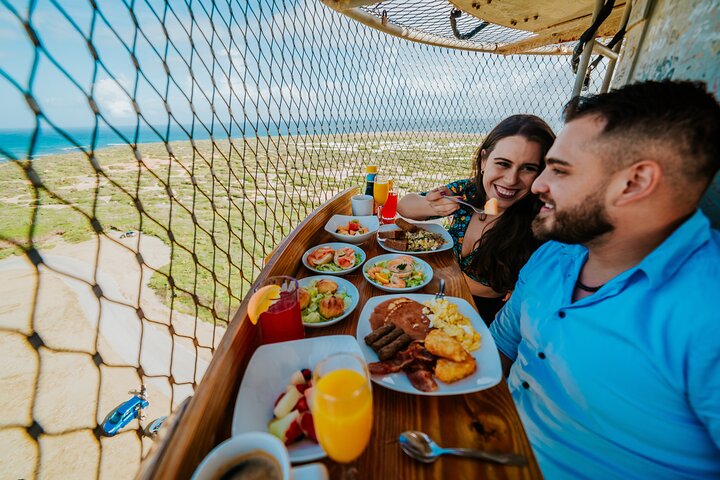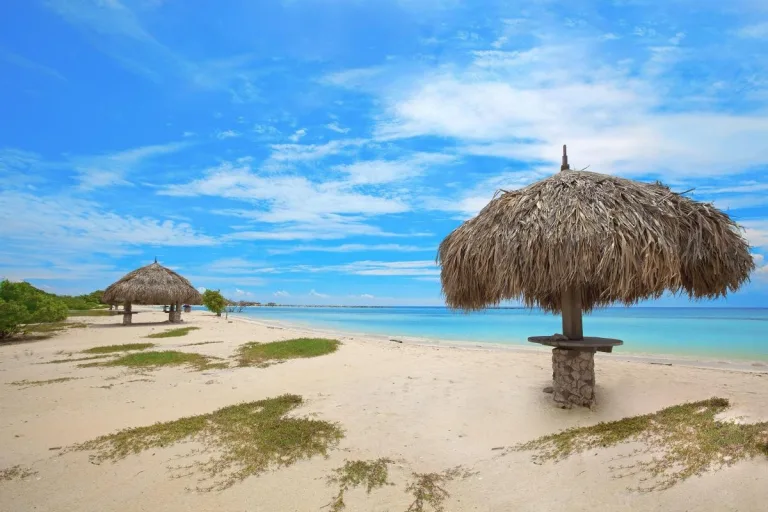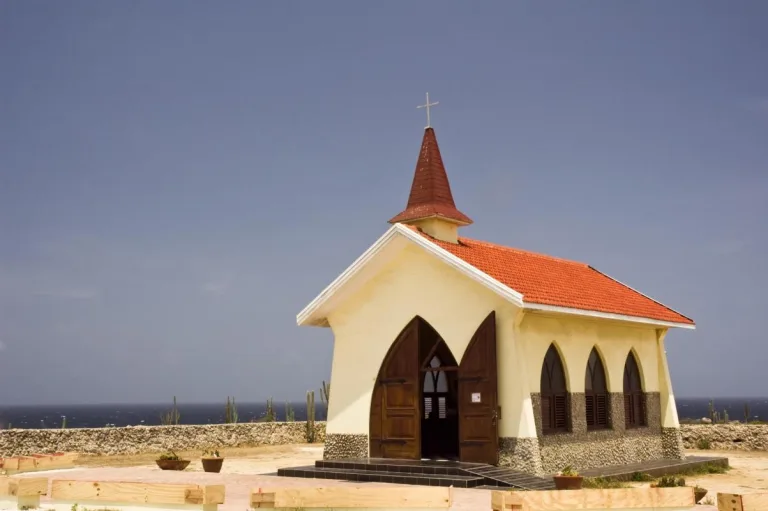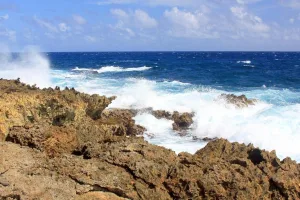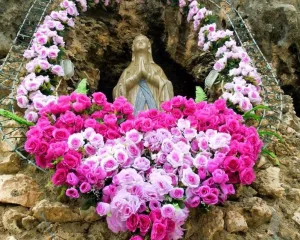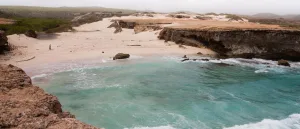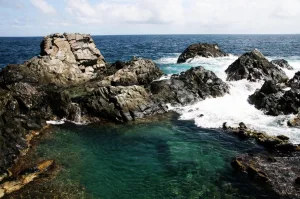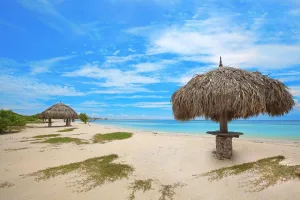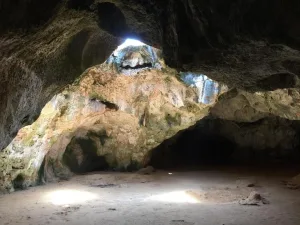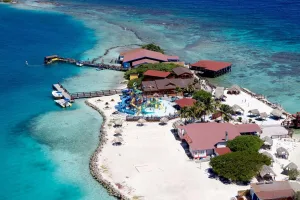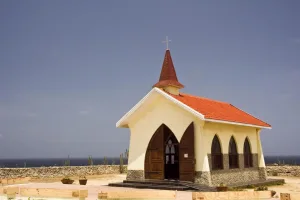For many years, Aruba’s natural bridge was a top tourist attraction on the island. The bridge sadly collapsed due to erosion in 2005. However, its ruins still remain, along with a smaller natural span known as “baby bridge.” The surrounding landscape is wild and beautiful, and the smaller bridge still attracts large numbers of tourists.
Formed by coral limestone rock being eroded by years of pounding surf, Aruba’s natural bridge once spanned 100 feet (30 meters) of ocean and stood 25 feet (7.5 meters) above sea level. It was one of the largest formations of this kind in the world. It might no longer be standing, but visitors, including many guided horseback, ATV, and jeep tours, still come to the area to see the remaining limestone bridge—baby bridge—and to explore nearby Andicuri Beach.
-
While the original natural bridge is no longer standing, a smaller bridge remains.
-
There are refreshment stands and restrooms (paid) on-site.
-
The area is rocky and uneven, so wear suitable footwear.
-
Wheelchair users may not be able to navigate the terrain.
The site of the natural bridge is found on the edge of Andicuri Bay, on the eastern coast of the island. The bridge area is signposted. Many people visit as part of a guided island tour with transport included, and the area is also accessible by car—AWD vehicles are recommended to drive in the area. There is free parking on-site.
The natural bridge and surroundings are freely open to the public. Facilities such as bathrooms and refreshment stands usually operate during normal daytime hours and are closed on holidays. Aruba is located in the Caribbean, south of the hurricane belt, which means that storms are rare and the weather is often hot and dry.
Blessed with beautiful beaches and clear water, the water off Aruba is ideal for snorkeling—some claim it as the best island in the Caribbean for the activity. Boca Catalina is a popular spot for snorkeling tours thanks to the sheer variety of marine life you can expect to see—from turtles to sergeant major fish.








